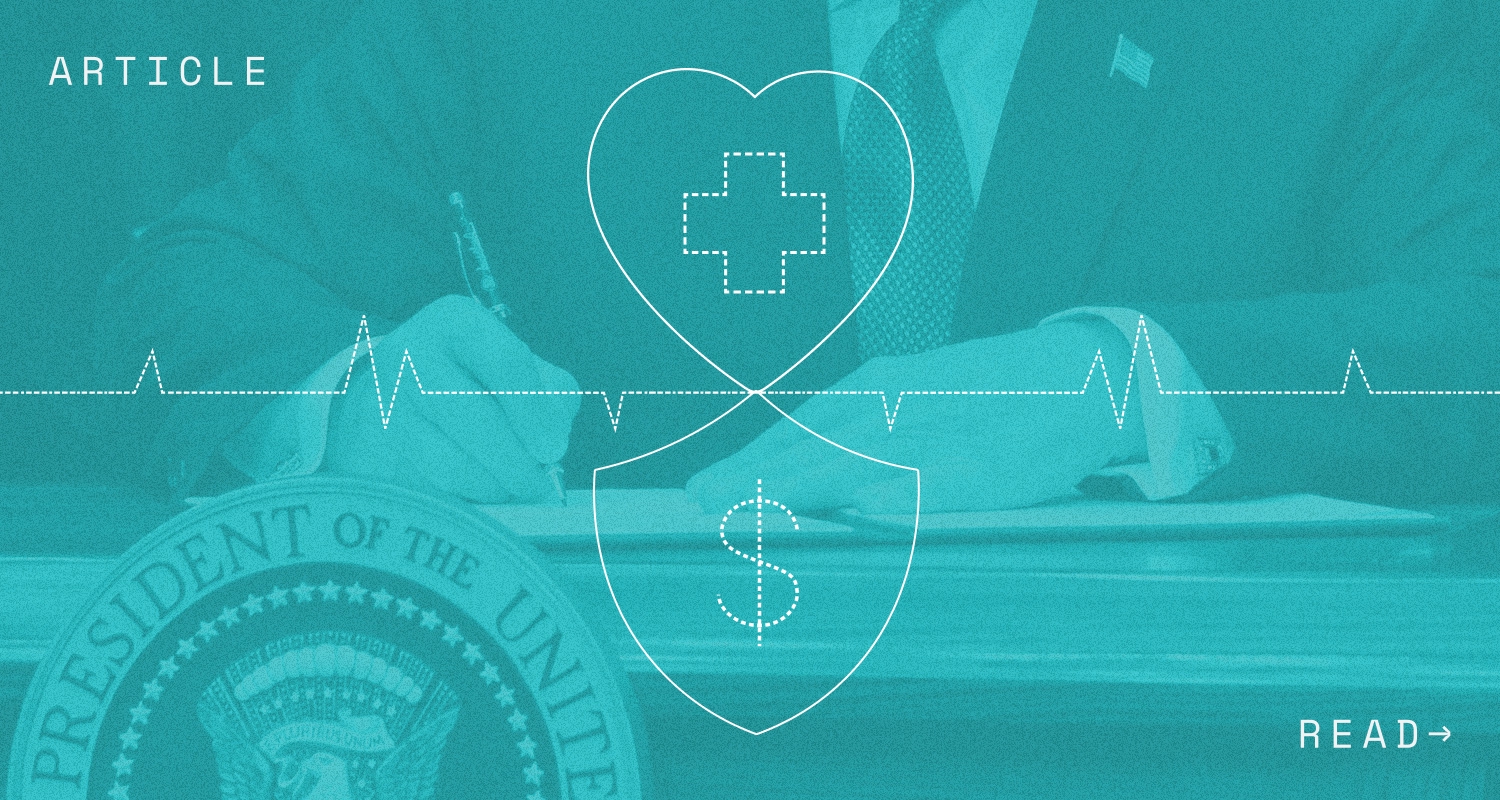Recently, the IRS released Rev. Proc. 2021-36, which sets the Affordable Care Act (ACA) affordability percentage to 9.61% for plan years beginning in 2022. The 2022 rate marks a slight decrease from the 2021 rate of 9.83%, which means that Applicable Large Employers (ALEs) may need to increase contributions towards medical (to lower the employee cost) as compared to 2021 to meet the affordability requirement and avoid potential penalties in 2022.
As a reminder, the ACA requires ALEs to offer affordable minimum value coverage to their full-time employees and dependents, or face a potential penalty. Based on the 2022 affordability rate, ALEs will automatically meet the affordability requirement if they offer at least one plan that cost employees less than $103.14 per month for self-only coverage under the Federal Poverty Level Safe Harbor (see below for a further discussion on alternative ways employers can meet the affordability requirement).
Compliance Snapshot
- For plan years beginning in 2022, ALEs must offer at least one plan where the cost of self-only coverage is less than 9.61% of their household income.
- ALEs that offer at least one plan that cost employees less than $103.14 per month for self-only coverage will meet 2022 affordability under the Federal Poverty Level safe harbor.
- ALEs who use an affordability safe harbor other than the Federal Poverty Level (i.e., the W-2 or Rate of Pay) may rely on the 9.61% rate.
Frequently Asked Questions
Which employers are considered Applicable Large Employers (ALEs) under the ACA?
ALEs are employers with 50 or more full-time and full-time equivalent employees, on average, in the prior calendar year. Non-ALEs are not subject to the ACA employer mandate and are not subject to the “affordability” requirement. Companies with a common owner (part of a controlled group) or that are otherwise related under section 414 of the Internal Revenue Code are generally combined and treated as a single employer for determining ALE status. For additional information on how to determine ALE status, see this IRS webpage.
What type of coverage must an ALE offer under the ACA?
Under the ACA employer mandate (also known as the “pay or play mandate”), ALEs must provide affordable, minimum value coverage to full-time employees and their dependents, or potentially face a penalty.
How can employers determine whether their coverage is “affordable” under ACA?
For plan years starting in 2022, ALEs must offer at least one plan that costs employees less than 9.61% of their household income. ALEs can utilize any one of the three following “safe harbors” to determine whether they meet the 2022 affordability requirement:
- Federal Poverty Level (FPL): Coverage will be affordable if the cost to employees for self-only coverage on the lowest-cost plan is less than 9.61% of the federal poverty level (which is determined annually). For 2022, employers will meet the FPL safe harbor if they offer their full-time employees at least one plan that costs less than $103.14 for self-only coverage. The 2022 FPL rate is slightly lower than the 2021 rate of $104.52.
- Rate of Pay: The cost to employees for self-only coverage is less than 9.61% of their monthly salary (or hourly rate multiplied by 130).
- W-2: The cost to an employee for self-only coverage is less than 9.61% of that employee’s annual wages, as outlined on their W-2 at the end of the year. This approach is generally not recommended, as employers will not know the exact wages reported on employees’ W-2s until the end of 2022. As such, it is a bit less predictable than the other two methods.
For more on the affordability safe harbors, see the IRS Q&A on Affordability.
What is the simplest method for employers meet affordability?
The easiest method for meeting affordability is the Federal Poverty Level (FPL) safe harbor because it allows employers to determine a single amount that is considered affordable for all employees. Further, it allows employers a streamlined approach when filling out their ACA reporting.
Under the FPL safe harbor, an employer must offer at least one plan with self-only coverage that costs employees less than the FPL safe harbor amount. The 2022 FPL safe harbor amount is calculated based on the following formula:
Monthly 2022 Safe Harbor Amount = [9.61% x Federal Poverty Level (FPL)] / 12
Although the 2022 FPL is not released until early 2022, ALEs can rely on the 2021 FPL to calculate the safe harbor amounts for 2022. Based on the 2021 FPL, ALEs will offer affordable coverage if they offer at least one plan that costs employees less than $103.14 per month.
Employers whose plan year begins after July 1, 2022 can use the 2022 FPL when calculating the safe harbor.
How can employers meet affordability?
If an ALE determines that they are not meeting affordability under one of the three safe harbors outlined above, they must increase the employer contribution toward self-only medical coverage (to lower the employee share of the premiums) so that the employee share of at least one medical plan offered to full-time employees is deemed affordable.
It is important for ALEs to be aware that the “affordable” plan must be offered to all of their full-time employees. ALEs that offer different medical plans to different groups of full-time employees should be especially vigilant to ensure an affordable plan is offered to each group of full-time employees.
What are the penalties if ALEs do not offer affordable coverage?
An ALE who does not comply with the employer mandate and has at least one full-time employee that receives a premium subsidy for enrolling in coverage through the Marketplace Exchange may receive one of two potential penalties, as outlined below:
- A Penalty: If an ALE fails to offer minimum essential coverage to at least 95% of their full-time employees in any calendar month, they may be subject to an “A” penalty. The A penalty is triggered if at least one full-time employee enrolls in coverage through the Exchange and receives a premium subsidy for coverage. The A penalty is determined by multiplying the penalty amount (which changes annually) by all full-time employees (reduced by the first 30 employees), whether or not those employees enroll in the Exchange. For 2021, the A penalty is $225 per month ($2,700 annualized) multiplied by all full-time employees (reduced by the first 30 employees). For 2022, the A penalty is projected to be $229.17 per month ($2,750 annualized).
- B Penalty: If an ALE offers coverage to more than 95% of their full-time employees but fails to offer affordable, minimum value coverage to all full-time employees, they may be subject to a “B” penalty. The B penalty is triggered if a full-time employee is not offered affordable minimum value coverage (i.e., they are offered unaffordable coverage or coverage that does not meet minimum value) and receives a premium subsidy for enrolling onto the Exchange for any calendar month. The B penalty is determined by multiplying the penalty amount (which changes annually) by the number of employees who receive subsidized coverage on the Exchange (it is not based on the total number of full-time employees like the “A” penalty). For 2021, the B penalty is $338.33 per month ($4,060 annualized) per full-time employee who receives subsidized coverage. For 2022, the B penalty is projected to be $343.33 per month ($4,120 annualized).
The projected 2022 penalties, as compared to the 2021 penalties, are as follows:
| 2022 (Projected) | 2021 | |
| Penalty A | $225/month ($2,700 annualized) | $229.17/month ($2,750 annualized) |
| Penalty B | $343.33/month ($4,120 annualized) | $338.33/month ($4,060 annualized) |
How does the IRS determine whether an employer owes a penalty?
To determine whether an employer owes a penalty, the IRS compares the employer’s ACA reporting with the list of employees who received a government subsidy to purchase coverage through the Exchange. Penalties are triggered if an employer fails to offer a full-time employee proper coverage and that employee receives a government subsidy.
If an employer is subject to a penalty, the IRS will send the employer a 226J Notice letter outlining how much the IRS believes the employer owes.
Employer Next Steps
- ALEs should be aware of the 2022 affordability rates when determining their group health plan offerings and contribution strategies for the upcoming plan year.
- ALEs should ensure their group health plan is affordable under one of the affordability safe harbors (FPL, Rate of Pay, or W-2).




